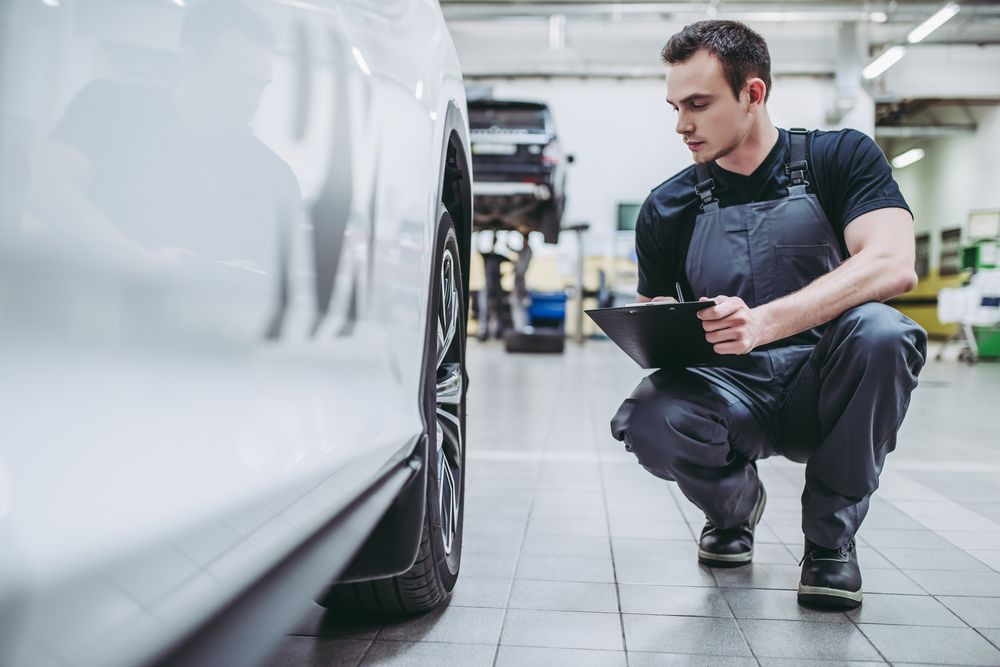
Car Shipping
Understanding Insurance Coverage for Car Transport
In vehicle transportation, one of the primary concerns for owners is the safety and security of their precious assets during transit. Whether you're moving to a new city, selling your vehicle, or transporting a classic car to an exhibition, insurance coverage for car transport is crucial. But what does it entail, and how can it benefit you? In this article, we will do a quick run-through of insurance coverage for car transport.
Why is Insurance Coverage Necessary?
When you hand over your car keys, you're entrusting them with one of your valuable possessions. While professional auto transporters take all possible measures to ensure safe delivery, unexpected circumstances like accidents, thefts, or natural disasters can occur. In such situations, insurance coverage ensures that you're compensated for any damages or losses.
What Are The Types of Insurance Coverage?
In the realm of auto transport, understanding the distinction between carriers and brokers is crucial, especially when it comes to insurance.
So, what sets a carrier apart from a broker?
Auto shipping carriers are the entities owning and operating the transport trucks, directly handling your vehicle from the time of pick-up until delivery.
On the other hand, Auto Shipping Brokers, like ShipLux , act as intermediaries. Their primary role is to match you with the most suitable carrier for your transportation needs.
While brokers don't typically own transport trucks, they have an expansive network of carriers at their disposal. Notably, ShipLux ensures collaborations only with carriers that are both licensed and insured.
Now, how does insurance fit into this scenario?
Legally, all auto carriers must possess liability insurance. This ensures that in the unfortunate event of any damage to your vehicle during transport, the carrier's insurance can cover it. Conversely, brokers like auto transport intermediaries aren't mandated to have insurance. That said, some brokers may provide additional or supplemental insurance coverage.
For clients choosing ShipLux, our specific insurance stance is outlined in our Terms of Service, as follows:
Coverage Limits
As with any insurance policy, there will be coverage limits and exclusions. If you're transporting a particularly valuable or classic car, consider getting additional insurance to cover the full value.
Always clarify exclusions as well. Some policies might not cover damages due to acts of God (natural disasters), damages inside the car, or damages to non-factory items.
While purchasing additional insurance isn't mandatory, it's crucial to discern if the existing coverage aligns with your comfort level. To make an informed decision, follow these steps:
- Begin by consulting your auto insurance provider. Delve into the specifics of what they cover concerning vehicle transportation, as some policies might exclude auto shipping.
- Engage with your chosen auto transport company. Inquire about the possibility of supplemental coverage and, if available, what it entails.
- Acquaint yourself with the carrier’s insurance policy. Key questions to ask include:
- Which damages fall under the coverage umbrella?
- Are there exclusions, like certain car parts not being covered? For instance, if only the car's body is insured and not its tires.
- Is there a deductible in place, and if so, how much does it amount to?
- What's the coverage ceiling? Note that some carriers might limit coverage to the car's blue book value.
By taking these steps, you can ensure you're adequately protected during your vehicle's transportation journey.
Inspection Before and After Transport
An essential part of the insurance process is the inspection. Before your car is loaded onto the transporter, a thorough inspection will take place, noting any pre-existing damages.
Similarly, once the vehicle reaches its destination, another assessment will be performed. This comparative evaluation helps in identifying any damages that might have occurred during transit, ensuring a smoother claims process.
Conclusion
While a minuscule fraction – less than 1% of vehicles – undergo any form of damage when being shipped, insurance coverage for car transport provides peace of mind, ensuring that your vehicle is protected against unforeseen mishaps during transit. In doing so, you safeguard your investment and enjoy a worry-free transportation experience.
Recent post

General Shipping Information
A Step-By-Step Guide On Relocating ...
...

Car Shipping
A Comprehensive Guide on How to Shi...
...

